English | Dutch |
|
| Hard on the outside and soft on the inside | |
Tbilisi (Georgia) to Kazanlak (Bulgaria), June 2014
|
|
| |
|
After six weeks of traveling in Georgia, we crossed the border with Turkey. The disappointment over the fact that we had to cancel our trip to Central Asia, due to the temporary closure of the Georgian-Russian border, caused by a huge mudslide that has wiped away the road, is something we try to forget. In Eastern Turkey, our first destination is the ancient ruins site of Ani, a former capital of the Armenian empire. The relationship between the Turks and the Armenians is poor nowadays, due to the fact that the Turks refuse to acknowledge that a genocide by the Turks against the Armenians took place in the first half of the 20th century. In Ani, you can see that cold relationship. On the information boards at the different sights, the role of the Armenians is concealed, despite the fact that it is was their capital.
|
|
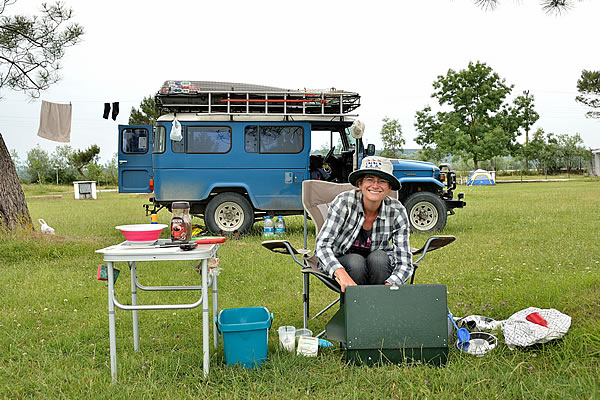 |
|
Camping in Sinop (Turkey) |
|
The Black Sea coast in Turkey is very nice, but not really popular with holidaymakers. That has to do with the fact that the weather on the north coast of Turkey is seldom good enough for vacation. Only in the months of July and August there is a great chance of good weather, and that are the months that many Turkish tourists visit the Black Sea coast. Swimming isn’t ideal because the beaches are of inferior quality. Hence, the west coast and south coast of Turkey remain the popular beach destinations in the country. The narrow and quiet coastal road between Sinop and Amasra is spectacular. Many travel guides compare this road with the more famous ‘route 1’ between San Francisco and Los Angeles in the US, and the world famous coastal road in New Zealand. But this part of the Turkish Black Sea coastal road can certainly compete with his more famous brothers; it is not only equally beautiful, but the small Turkish villages you pass on the way give you an idea of how Turkey looked like fifty years ago.
|
|
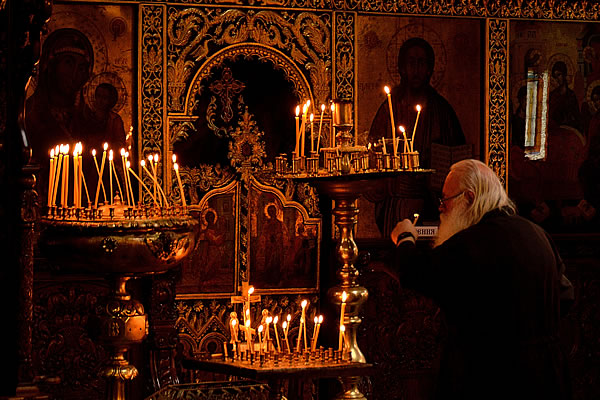 |
|
Priest lightning candles in Bulgaria's Bachkovo Monastery |
|
| When we arrive in Greece, for the first time we experience the soccer World Cup that takes place in Brazil. There is a real World Cup atmosphere on the campsite, mainly due the large numbers of Dutch and Germans campers on the camp site. Greece itself is also a participant in the World Cup. The Netherlands is still active in the tournament and keeps winning, despite the often ‘not very attractive’ games of the Dutch players. Many football fans have come to speak to us about the fact that the Dutch football has always be famous for its offensive nature, but that there isn’t a lot left of it. We try to explain that the Netherlands has elevated the defensive play as key, and try to use the counter-strategy to win their games; actually what the Germans used to do in the past and that have brought them three world championship titles. However, the Germans have left behind these ‘anti-football’ tactics, and now play attractive and offensive football that is probably bringing them a fourth world title. So it is possible! Where the Dutch used to be the school example of offensive and attractive football, the Germans are nowadays using it to bring them even more success.
|
|
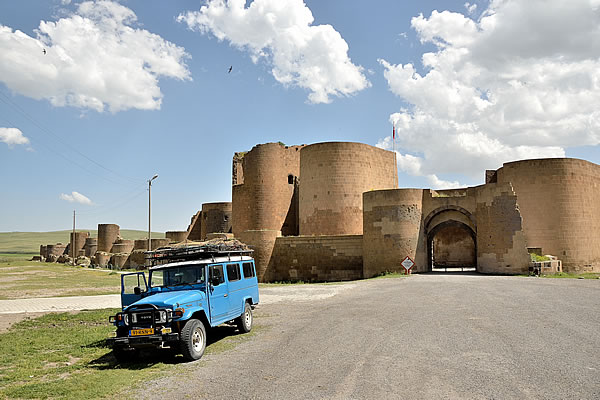 |
|
The ruins of Ani, a spectaculair sight in the far north-eastern part of Turkey |
|
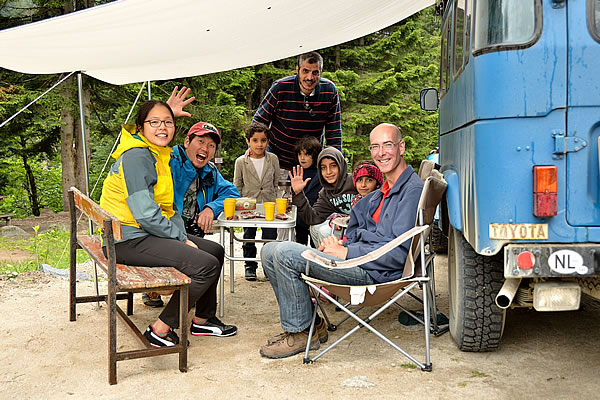 |
|
Say hi to a South-Korean couple and Saudi Arabian family in the Kackar Mts |
|
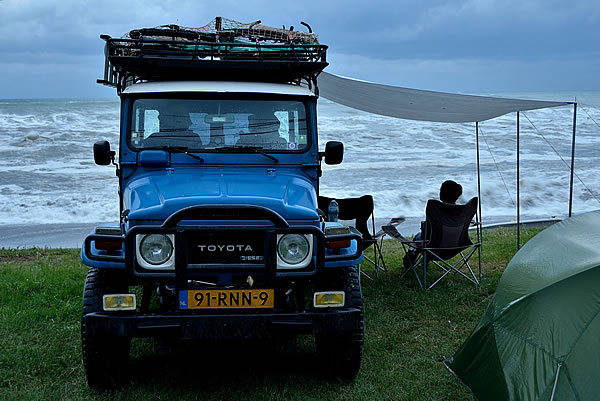 |
|
Dark clouds above the Black Sea near Amasra |
|
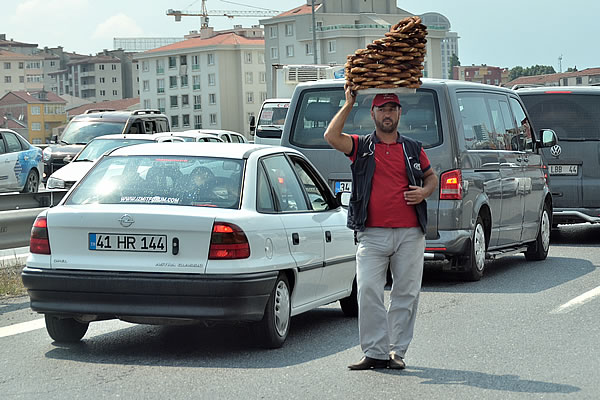 |
|
Street seller in the traffic queues of Istanbul's ring road |
|
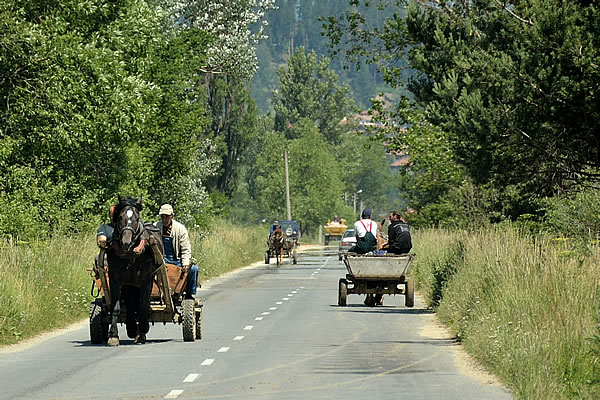 |
|
Horse and cart: still a usual sight in rural Bulgaria |
|
| <Previous weblog> | |